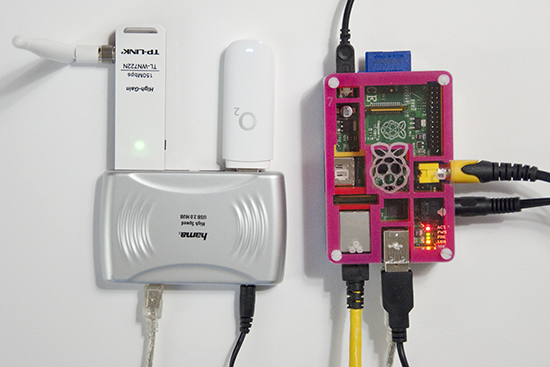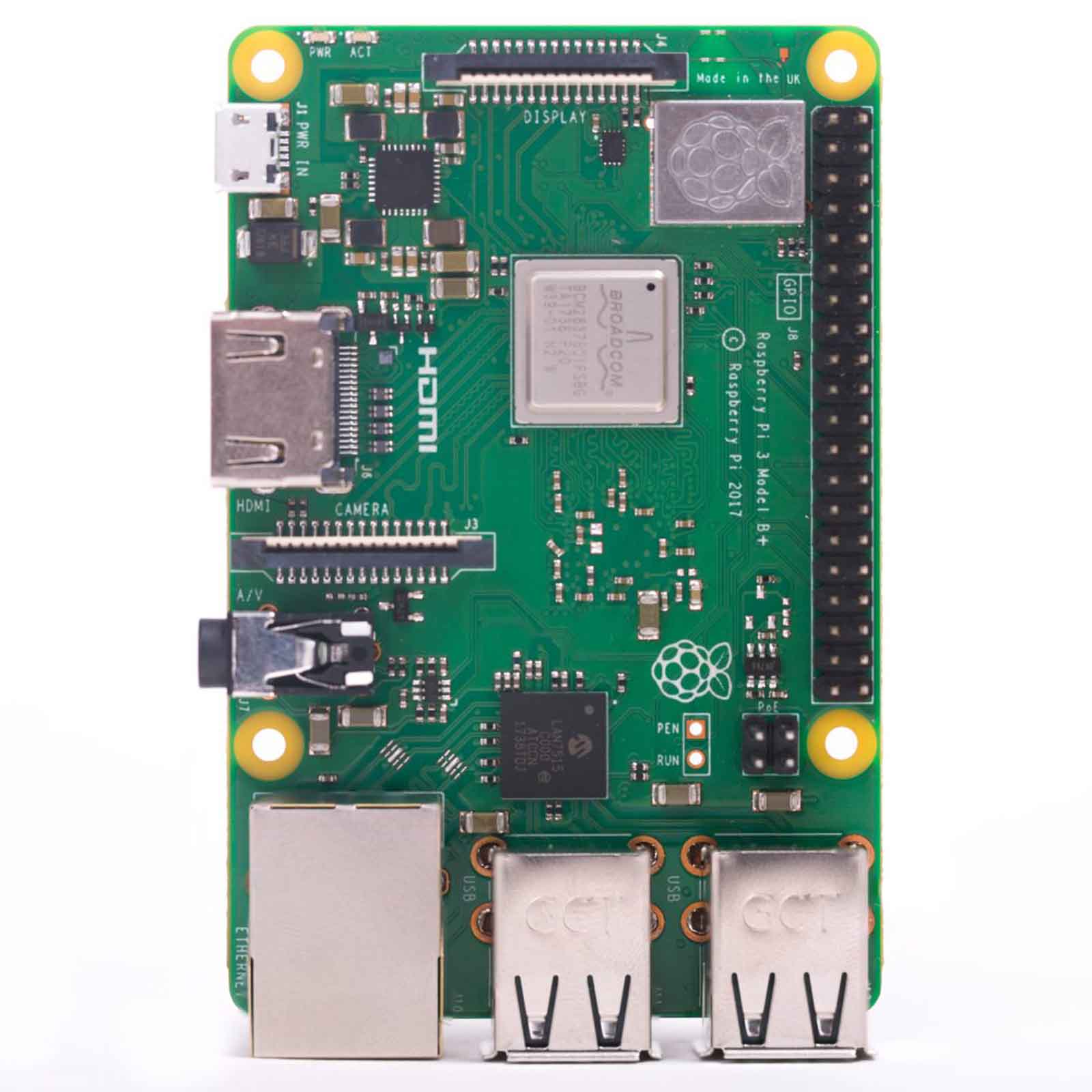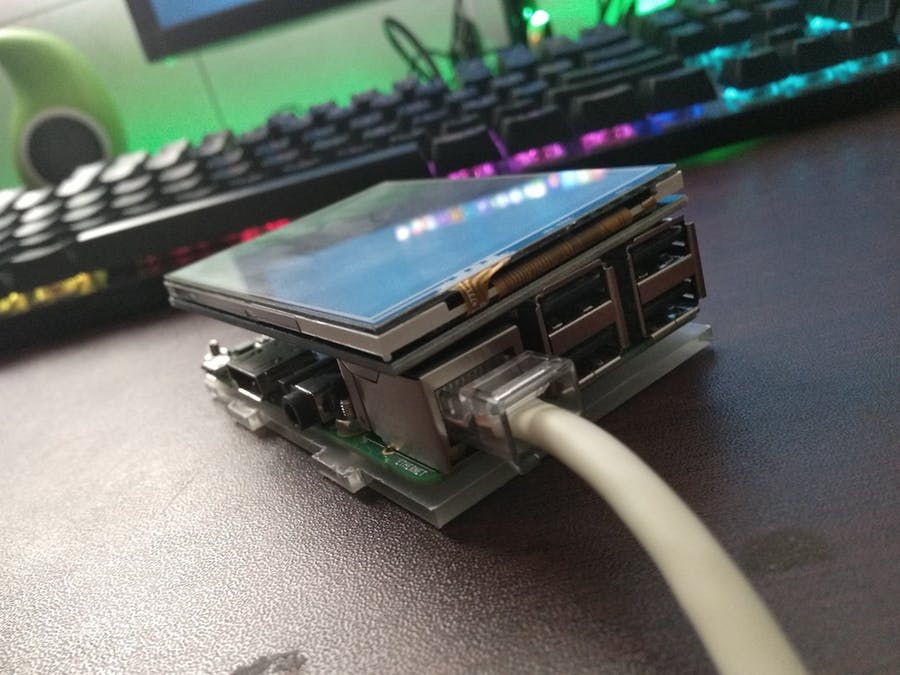

Now your Raspberry Pi will reboot, load kernel/initrd, expand the partition, resize it and reboot.

Luckily CentOS team has included the root-resize tool so you don’t need to do this manually. This means you won’t be able to use the full allotted space of your SD card without resizing things. When you dd over a disk image to a larger disk image, your partition table changes to that of the disk image. Linux 4.1.11-v7+ #822 SMP PREEMPT Fri Oct 23 16:22: armv7l armv7l armv7l GNU/Linux cat /etc/redhat-releaseĭerived from Red Hat Enterprise Linux 7.2 (Source)

Sector size (logical/physical): 512 bytes / 512 bytes On my machine, it looked like this prior: fdisk -l /dev/mmcblk0 Disk /dev/mmcblk0: 14.9 GiB, 15931539456 bytes, 31116288 sectors If you have multiple SD cards be sure you’re using the right device or you might run into trouble. Next you’ll need to insert the Raspberry Pi SD card and use dd to copy the CentOS image over. Next you’ll want to extract the image somewhere. The main download page is located here under AltArch.

Let’s get started.įirst you’ll want to pull down the latest minimal CentOS image. There are now official Raspberry Pi 2 CentOS ARMv7hl images available for your enjoyment. Here’s how I got CentOS installed and setup. I recently acquired a Raspberry Pi 2 and wanted to run CentOS7 on it.


 0 kommentar(er)
0 kommentar(er)
